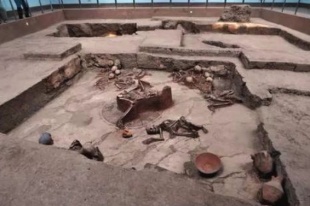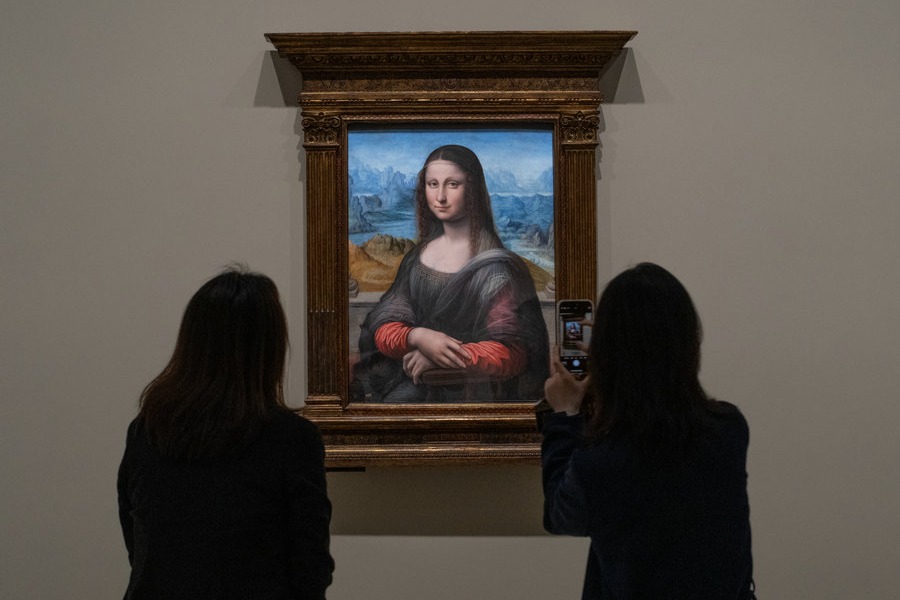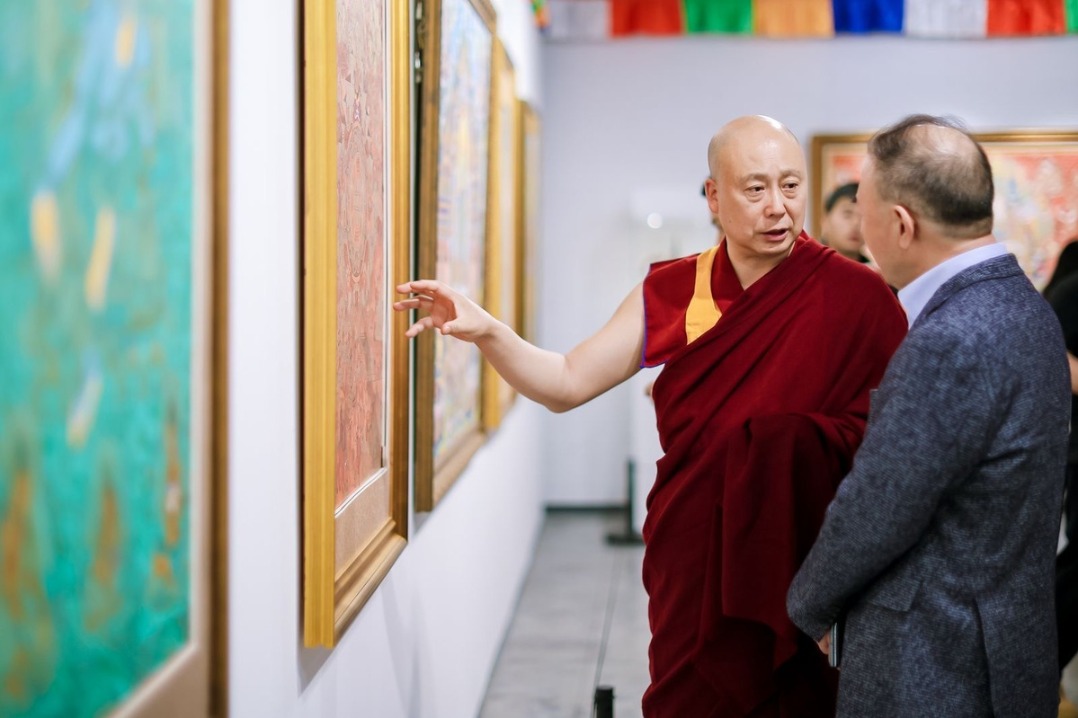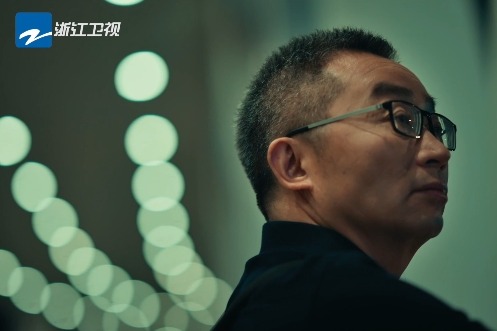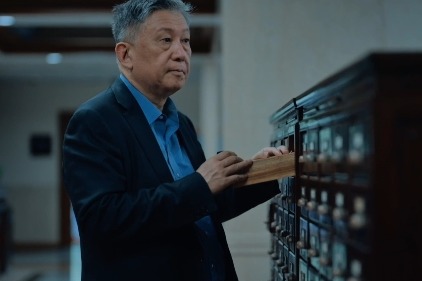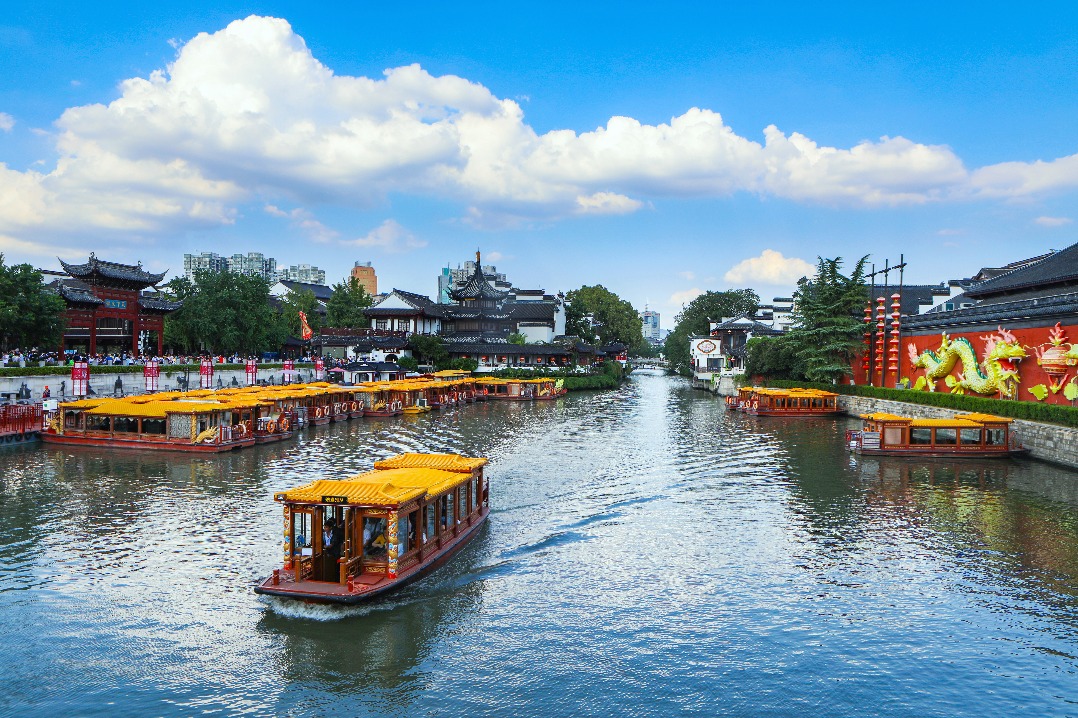Museum built on 'Pompeii of China' to open in April

A heritage museum built on the prehistoric disaster ruins of Lajia in the northwestern province of Qinghai is set to open on April 28, an official with the construction project announced on Monday.
The heritage museum is part of the themed park created to protect China's only prehistoric ruins of disasters unearthed in 1981 on the upper reaches of the Yellow River.
Construction of the park began in July 2014 with a budget of 475 million yuan ($73 million). The entire park is expected to open to the public by October, Duo Xianying, the official, said.
Dubbed "Pompeii of China", the site was formed by an earthquake and flood dating back 4,000 years and covered an area of 680,000 square meters.
The site is an example of Qijia Culture, which flourished in the transitional period from the Neolithic to the Bronze Age, about 3,500 to 4,000 years ago, according to archaeologists.
Besides skeletons, tools and homeware, archaeologists also found the remains of the world's oldest noodles – a batch of 50cm-long, yellow strands in a red pottery bowl.
Scientists said the noodles were made using grains from millet grass rather than wheat flour in modern days.
They said the noodles may have been used for sacrifice judging from where they were placed.
Lajia has also led to many scientific discoveries. In August 2016, Chinese and American scientists announced that they had found what could be geological evidence of an earthquake-triggered landslide, which blocked the Yellow River and possibly led to one of the largest floods in 10,000 years.
Scientists dated the flood area using radiocarbon dating on skeletons of children who died in the earthquake at Lajia. The flood happened around 1920 BC, two to three centuries later than traditionally thought, meaning the Xia Dynasty may have started later than historians think, said Wu Qinglong of Nanjing Normal University, who led the study.
"Globally speaking, ruins left from natural disasters like the Lajia site are rare. Its value needs to be further explored," said Wang Wei, head of the institute of archaeology at the Chinese Academy of Social Sciences.
Many of China's heritage sites have been threatened by urbanization, and building parks can both preserve the sites and better engage the public, Wang said.


